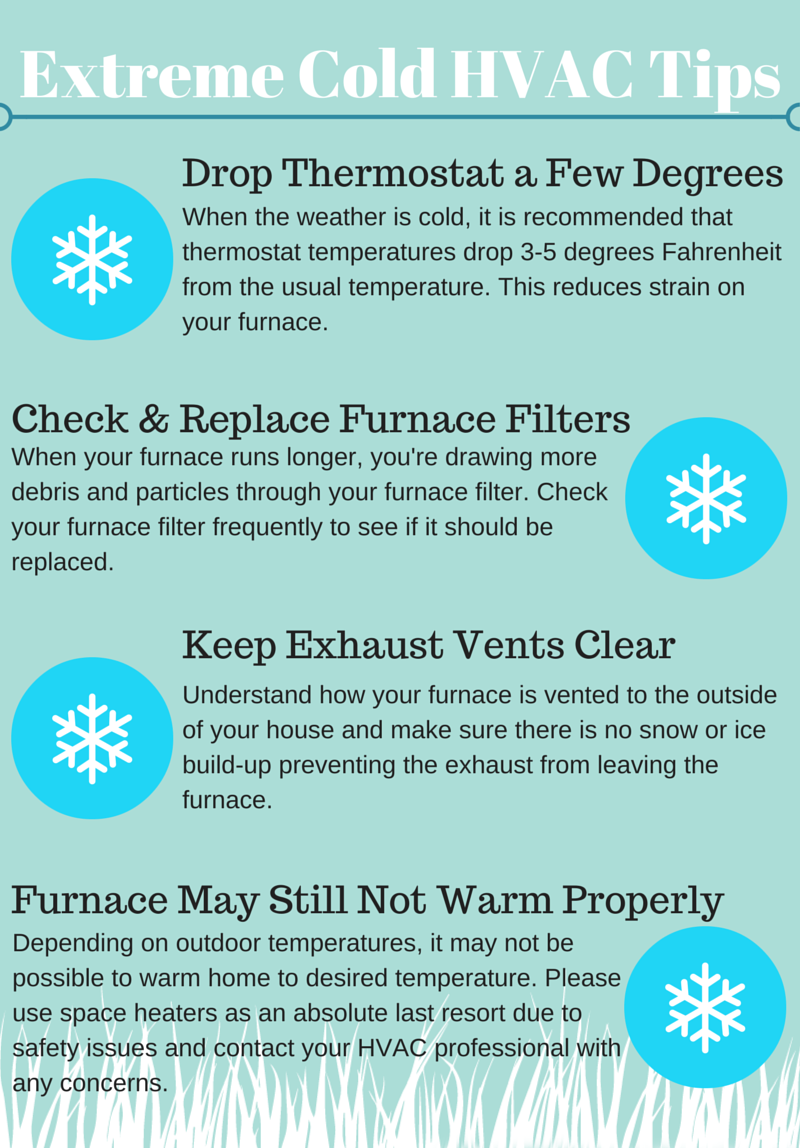Regular Mistakes To Avoid When Installing A Heatpump
Regular Mistakes To Avoid When Installing A Heatpump
Blog Article
Uploaded By-Stuart Ploug
When mounting a heatpump, you should avoid typical blunders that can endanger its performance. Forgeting correct sizing may result in ineffectiveness and higher utility expenses. Neglecting insulation and sealing could result in energy wastefulness and stress on the unit. Moreover, positioning the outside unit incorrectly may influence its efficiency. By avoiding these mistakes, you can make sure optimal working and longevity of your heatpump system.
Improper Sizing of Heatpump
When it concerns the installation of heatpump, one of one of the most usual errors is poorly sizing the system for your space. Making sure the appropriate size is vital for optimal efficiency. If the heatpump is also tiny, it will struggle to heat or cool your room efficiently, leading to enhanced power expenses and potential damage on the system.
On the other hand, if the heat pump is as well large, it will certainly cycle on and off often, triggering temperature level changes and reducing its life expectancy.
To avoid this mistake, it's essential to have an expert evaluate your space and advise the appropriate dimension of the heat pump based upon elements like square video footage, insulation, ceiling elevation, and neighborhood environment. By spending the time and effort to guarantee the proper sizing, you can enjoy a comfy setting while maximizing energy effectiveness and prolonging the life-span of your heat pump.
Inadequate Insulation and Sealing
To ensure the efficient procedure of your heatpump, it's critical to attend to insufficient insulation and securing in your space. Correct insulation aids keep a regular temperature indoors, lowering the work on your heat pump. Inadequate insulation can bring about power loss, making your heat pump work harder and much less effectively.
Sealing any spaces or leaks in your area is similarly essential. These gaps enable conditioned air to run away and exterior air to permeate in, forcing your heat pump to compensate for the temperature changes.
Incorrect Placement of Outdoor Unit
Resolving the positioning of your heat pump's outside unit is essential to optimizing its performance. Mounting the outdoor system in an inaccurate place can lead to effectiveness concerns and prospective damage to the device.
https://costofputtinginairconditi84432.blog-a-story.com/10688391/just-how-weather-condition-impacts-heatpump-performance-and-what-you-can-do-about-it to stay clear of is placing the outdoor system also near to a wall or various other structures. This can limit air flow, triggering the device to function tougher to warm or cool your area, ultimately reducing its performance and life-span.
One more mistake to stay away from is positioning the outside device in straight sunlight. While some sunshine is inevitable, excessive exposure can bring about overheating, particularly during hot summer days. https://keegannbnjm.livebloggs.com/36717987/eager-to-solve-your-home-s-heatpump-challenges-reveal-simple-troubleshooting-techniques-to-repair-regular-troubles-and-enhance-your-efficiency-in-conserving-time-and-prices to place the outside device in a shaded area to assist maintain its ideal operating temperature.
Additionally, make sure that the outside unit is placed on a stable and degree surface. aircon services christchurch can create vibrations and unnecessary pressure on the device, affecting its efficiency with time.
Conclusion
To conclude, staying clear of usual errors during heatpump installment is essential for making the most of effectiveness and durability of your system. By making mitsubishi heat pump installation sizing, adequate insulation, securing, and proper placement of the outdoor unit, you can prevent issues such as ineffectiveness, raised power expenses, and stress on the unit. Taking the time to attend to these essential factors will inevitably save you time and money over time.
